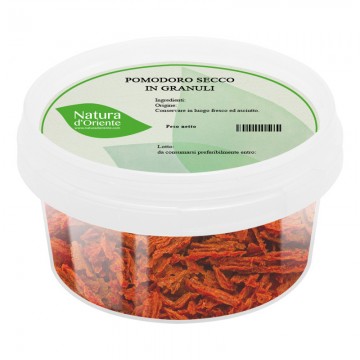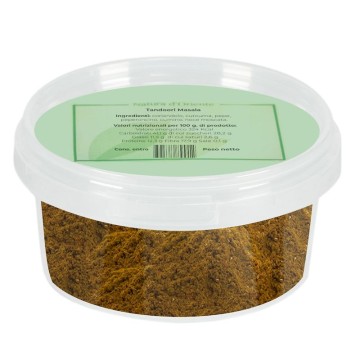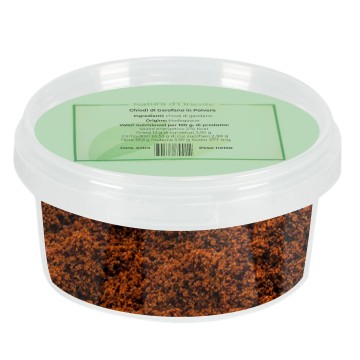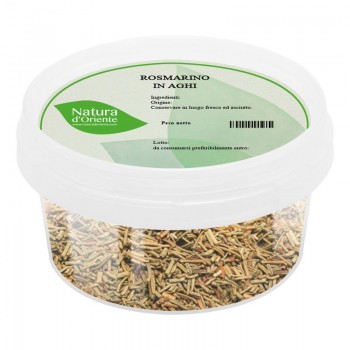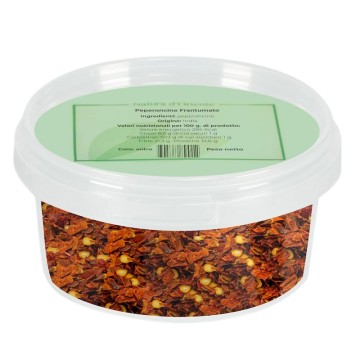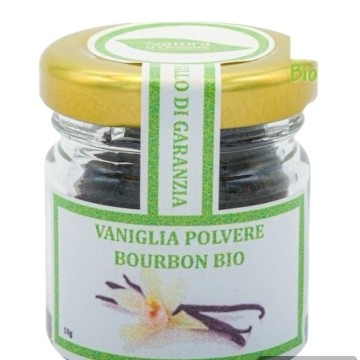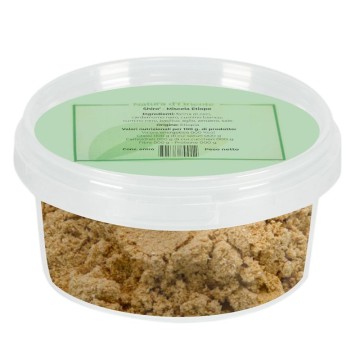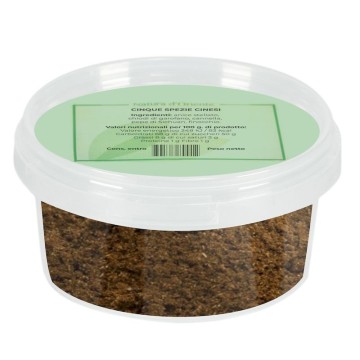Those who love spicy flavors will not be able to miss out on tasting this cream, created with the chili pepper among the hottest in the world according to the Guinness World Record. It appears dense, intense in the sweet flavor but with grit, decidedly pungent on the palate - a "flame" that persists for a long time in the throat. Behind the heat, the taste becomes fruity with notes of chocolate and cinnamon that can also be perceived in the cream.
Carolina reaper chili pepper: properties and benefits
This blend is created with the chili peppers defined as among the hottest ever, the Carolina Reaper. In November 2013, this fruit earned the world title of spiciness, and since then its pungent and unique fame has spread. Already in 2010, the Carolina reaper had arrived in the laboratories of Winthrop University where it was analyzed: officially its degree of spiciness ranges from 1,400,000 to 2,200,000 heat units SHU (Scoville Heat Units - Scoville Scale).
With an average of 1,569,000 SHU, it has surpassed the record holder Trinidad Moruga Scorpion (average of 1,400,000 on the Scoville scale). The Carolina Reaper is much spicier even than the well-known Ghost Chilli pepper (Naga Jolokia or Bhut Jolokia).
To "tame" its heat, in culinary terms, the main use is as a component of hot sauces, to be used in extremely small quantities. The exaggerated spiciness of the chili pepper is mixed with other foods, as in the case of the oil and citric acid of the Carolina Reaper cream. This blend of flavors gives dishes not only extreme heat in the kitchen but also some typical nutritional substances of chili pepper and olive oil.
The contribution of chili pepper provides nutrients such as vitamins, fats, proteins, sugars and carbohydrates. In particular, capsaicin, which triggers the spicy flavor of chili pepper, is a compound present in very high quantities in this variety. In addition to the burning sensation, capsaicin has properties useful for digestion and stimulation of metabolism. It also benefits blood circulation: it stimulates vasodilation at a peripheral level, helping to regulate cardiovascular function and blood pressure.
Contraindications and side effects
Be careful when using Carolina Reaper chili pepper, as its intensity can cause burning in the palate and oral cavity, irritation of the gastrointestinal walls. The cream must be used with extreme caution, avoiding contact with the skin and eyes to avoid irritating the mucous membranes. Caution is advised when taking it in case of digestive problems, especially in the presence of gastric ulcers, gastroesophageal reflux and irritable colon. In addition, it is good to moderate the quantities during pregnancy and breastfeeding. Before including it in recipes, make sure your guests are aware of this choice. This American chili pepper is more than what you can usually tolerate in terms of spiciness.
Using Carolina Reaper chili cream in the kitchen
The hottest chili pepper ever, almost 99% pure, is mixed with citric acid and extra virgin olive oil, to create an "explosive" seasoning in the kitchen. The mixture with olive oil and vinegar tones down the exaggerated peaks of spiciness, and gives an intense color to recipes. The flavor under the heat is fruity, with sweet notes. Clearly, just a little cream is enough to completely change your dish, whether it is meat or vegetarian or vegan dishes. Many recipes call for a quarter teaspoon of Carolina Reaper spread. A fiery kick is perfect on grilled chicken and beef. Brush a little spread on steak before grilling, add a few drops to a marinade, or use Carolina Reaper to take roasts, chili, and stews to a whole new level of spiciness. It also adds a great tang to vegetables, Indian curries, stir-fries, and any Mexican dish like tacos or fajitas. The saltiness of Carolina Reaper adds a special kick to eggs, soups, and legume dishes. Spread a thin layer of spread on bread—just a tiny amount goes a long way in flavoring large amounts. A pinch adds a “bold” flavor to tomato sauce, salsa, and other hot sauces. It provides a sweet aroma and intense heat that will be useful in sauces to flavor dishes such as pasta, chicken wings, Asian noodles.
Origins and Cultivation History
Carolina Reaper peppers are botanically classified as Capsicum chinense, which belongs to the Solanaceae family. This super hot variety was developed in recent years as a hybrid plant, from a sweet red habanero variety and a Pakistani Naga Viper pepper (once theThe result is a pepper that is very sweet but extremely hot. It was the PuckerButt Pepper Company in South Carolina that created the Reaper as such a unique variety (it was initially called HP22B). Depending on the soil and climate in which they are grown, Carolina Reaper peppers can vary in appearance – although they are commonly oblong in shape with a distinctive point at the end of the stem, called a “scorpion’s tail”. They are typically 2–5 centimetres in diameter and 5–7 centimetres long. The pods are small, deeply wrinkled and twisted into knobby shapes. The skin changes colour as it matures, from green to bright red with a shiny appearance. Beneath the surface, the flesh of the pepper is crisp and watery and contains a few round, flat, cream-coloured seeds. Carolina Reaper peppers are available from mid-summer through fall, and are harvested for use in sauces and condiments, but are not usually sold loose in the market.




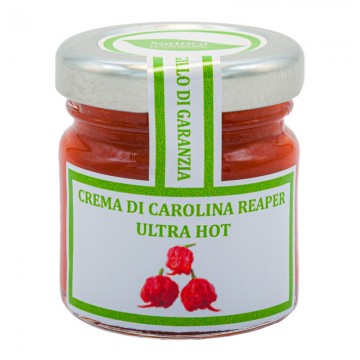


 No reward points for this product.
No reward points for this product.

